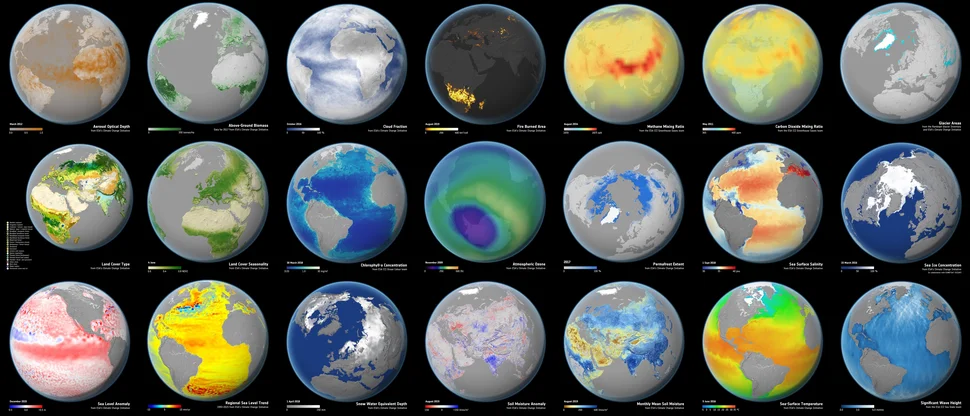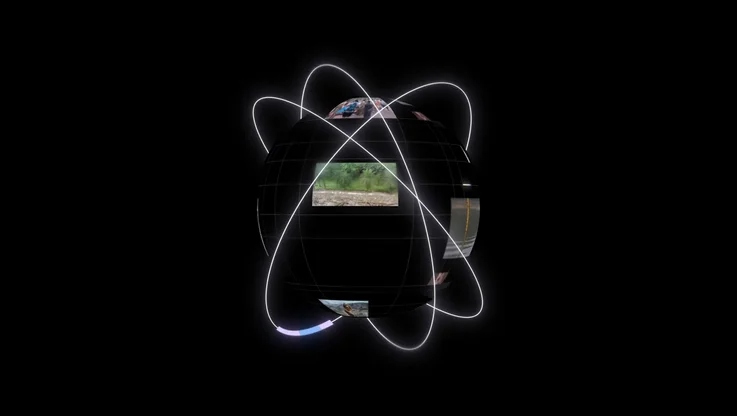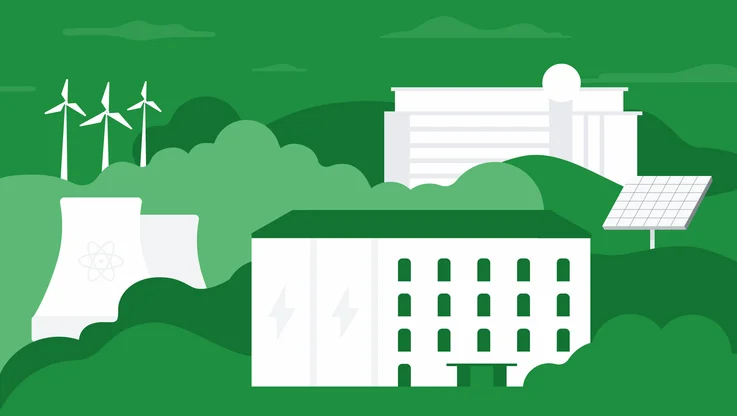How we’re partnering with the energy industry on Nest Renew
Today, Google announced Nest Renew — a service built on the premise that to address climate change, we need a more flexible electricity grid. And that grid should be integrated with a wide range of distributed energy resources, like those found in smart homes.
But we can’t accomplish this without engaged consumers and a broad coalition of both local and national partners working together. That’s why today, we’re partnering with a number of energy providers and nonprofits that are committed to collaborating to create a clean energy future.
How we’re partnering with energy providers
To start, we’re partnering with AES, Consumers Energy, Duke Energy, NRG, Portland General Electric, Southern California Edison and Southern Company — some of the most innovative energy providers in the country that are committed to the Nest Renew vision and a carbon-free, resilient energy grid. These partners have provided invaluable insight and feedback as we’ve defined the Nest Renew service.
Through Nest Renew, energy providers will have new opportunities to engage consumers with time-of-use rates, increase demand response program participation and facilitate consumer support for renewable energy. For customers, it will be an opportunity to better understand and control their energy usage and prioritize the use of carbon-free energy.
Nest Renew also will increase enrollments in energy provider-sponsored Rush Hour Rewards programs, which let customers earn rewards for using less when energy consumption is high and make it easier for utilities to manage the grid during times of peak demand. We’re already working with a number of partners to deliver these programs in over 80 utility territories and wholesale markets, covering more than 40% of consumers in the U.S.
We’re also partnering with Uplight to make it easier in the future for customers to link their utility accounts to unlock personalized energy savings insights, program recommendations and device rebates. Together, we aim to help customers and utilities reach their load management goals.
This is just the start of our collaboration on Nest Renew. We’re always looking to partner with more energy providers on our work towards decarbonization.
How we’re partnering on Clean Energy Match
We’re also working with partners to support the growth of clean energy with Nest Renew Premium’s Clean Energy Match. During early preview, we will source Nest Renew’s renewable energy credits from the Southern Company Bethel Wind plant in Castro County, Texas. In 2023, they will also come from the future Roseland Solar project in Falls County, TX. These plants will both help meet Google’s ongoing commitment to match 100% of its global annual electricity use with renewable energy and support its goal to operate entirely on 24/7 carbon-free energy by 2030. You can learn more about Clean Energy Match in our deep dive article.
We’re also partnering with AES and NRG to identify or develop the wind and solar that can generate RECs for Clean Energy Match, as well as collaborating with Consumers and SCE with the aim of supporting their renewable deployment efforts.
How we’re partnering with nonprofits
Through the Energy Impact Program, customers earn Leafs by actively using Nest Renew and taking actions at home that can save energy and help the environment. As they reach certain Leaf milestones, in certain states they can vote to direct Nest Renew funds to their choice of nonprofits from our list of partners across the U.S. Our founding nonprofit partners are GRID Alternatives and Elevate. We’ll work with them to understand how Nest Renew can have the most impact.
And we’re always looking to collaborate with more local partners to expand the reach of the Energy Impact Program.
Learn more
You can learn more about Nest Renew in our blog post, as well as our deep dive into the service. You can also read a white paper by RMI, formerly the Rocky Mountain Institute, which concludes that products like Nest Renew could significantly reduce the carbon emissions associated with household energy use.
According to RMI, if 10 million households participate, Nest Renew could address approximately 7% of the gap between today’s level of household emissions and a 50% reduction in line with the current overall U.S. policy target. That’s the equivalent of powering about 50 million EVs with a cleaner grid each year, as opposed to today's fossil-fuel heavy grid.






